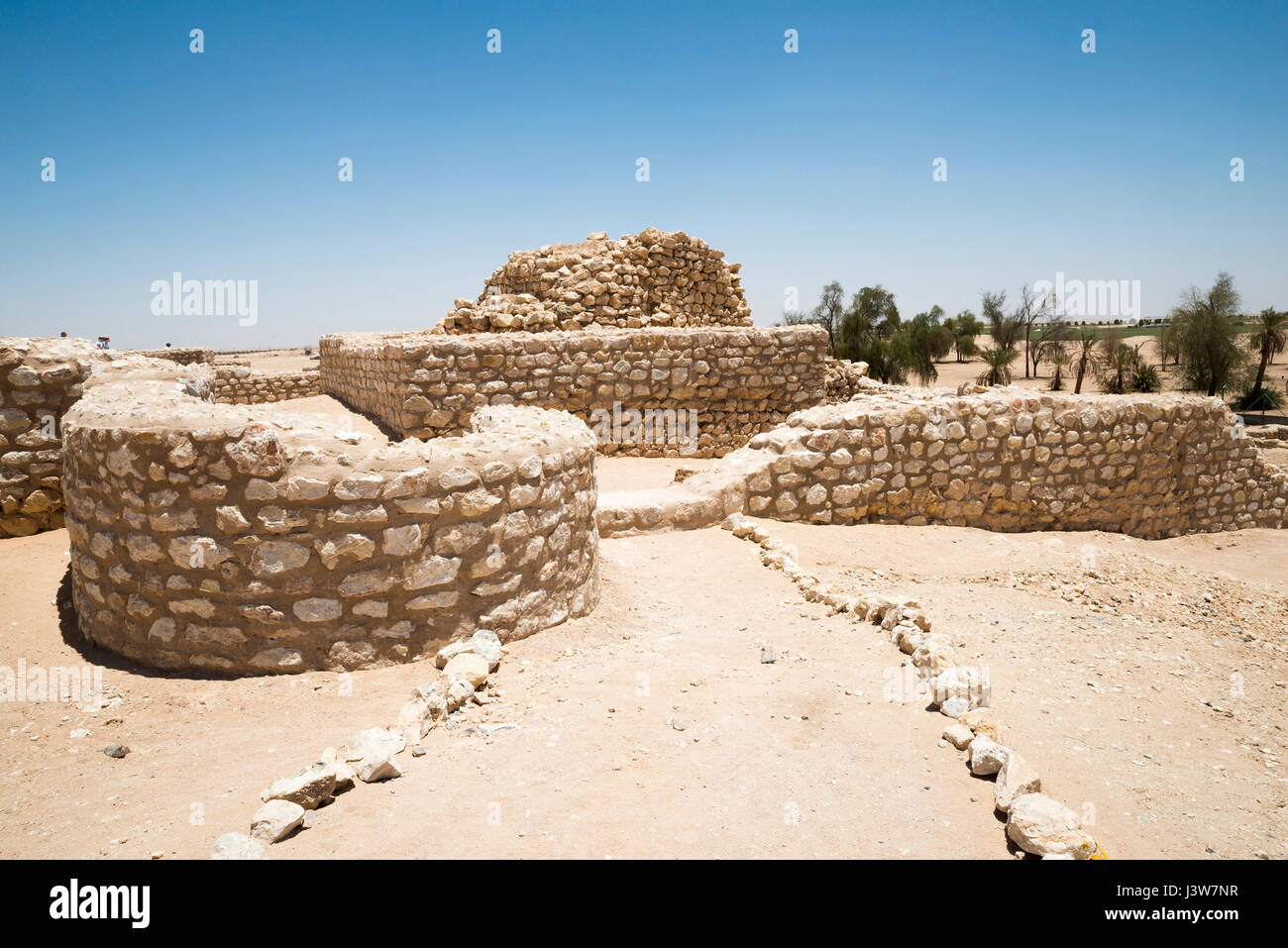



In modern times there were a few attempts to locate the lost city, but, for the most part, they were futile. Later Islamic historians and geographers describe Ubar as being somewhere in the Arabian Desert, in what is today the nation-state of Oman. It was, the legend went, a magnificent city of enormous riches and indulgence, a city abruptly destroyed, like Sodom and Gomorrah, by the wrath of God, and since covered by the windswept sands. As such, Ubar became a metaphor for how good Muslims should not act, and what could happen to non-believers, especially when allowed to congregate in a specific area. The city is mentioned as a den of iniquity that was destroyed by God, both in the Quran as well as the mythical Arabian Nights. A few steps away, one of the excavators’ offices shouts Welcome to the Lost City of Ubar.

One of these lost cities is that known as Ubar, Wabar or Iram, names which are all believed to refer to the same, possibly mythical, location. Thomas was told by his guides that it was dangerous to attempt a search for Ubar because it had met its destruction as a result of wickedness. They play a major role in the identity of certain groups, at least in how certain groups identify with these mythical places.Īlthough many, if not all, of these locations are mythical, they may have been based on actual locations, even if modern scholars are yet to definitively discover any such places. Bertram Thomas was one such explorer of southern Arabia who had heard great tales about the lost city from his Bedouin guides on various expeditions. Besides being cities and kingdoms that have been lost, often through some sort of catastrophe, all of these places are mentioned in religious texts or as part of a peoples’ national history. The result is a delightfully readable, if often highly speculative, volume that’s part travel journal, part Walter Mittyesque daydream and part archaeological history.The annals of world history are filled with intriguing, although often outlandish stories of lost cities and kingdoms, and in addition to Atlantis, there are also Hyperborea, Shambhala, and Aztlan, to name just a few. In his book, The Road to Ubar, Clapp sets down his account of his quixotic quest and its improbably happy resolution. It would be a complete amateur _ a documentary filmmaker named Nicholas Clapp _ who helped put together the expedition that found the ruins of a lost Arabian city in 1992, a city identified in all probability as Ubar. Over the years, the explorers Bertram Thomas and Wilfred Thesiger, as well as a British airman named Raymond O’Shea, all made forays into the region, and a few years after World War II, an American adventurer named Wendell Phillips put together a team to try to find the fabled city. This legendary city was known variously as Ubar, Wabar, Qidan and Iram. THE LOST CITY OF UBAR by RoyMrad Atlantis of the Sands refers to a legendary lost city in the southern deserts of the Arabian Peninsula, near Shisr in the Governorate of Dhofar thought to have been destroyed by a natural disaster or as a punishment by God. It was, the legend went, a magnificent city of enormous riches and indulgence, a city abruptly destroyed, like Sodom and Gomorrah, by the wrath of God, and since covered by the windswept sands of the Arabian desert. The Quran, the Arabian Nights and countless Bedouin tales have recounted the story of a city known as “the Atlantis of the Sands,” a city hailed as “first among the lost treasuries of Arabia.” THE ROAD TO UBAR: Finding the Atlantis of the Sands. Two incidents involving American Airlines flights - one of them an apparent bird strike - frightened passengers who saw flames flowing from their aircraft.


 0 kommentar(er)
0 kommentar(er)
